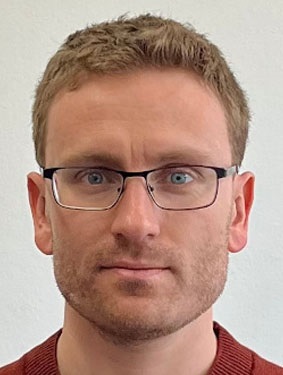A4 The Correlation Energy of Many-Body Bose Systems
Project Leaders



Prof. Dr. Christian Hainzl, Prof. Dr. Benjamin Schlein, Prof. Dr. Arnaud Triay
Researchers
Florian Haberberger, Diane Saint Aubin
Summary
This project is devoted to the rigorous study of some properties of the Bose gas at very low temperature in the dilute limit. Bose–Einstein condensation has been one of the most beautiful and surprising predictions of quantum mechanics: In this phenomenon, a gas of weakly interacting bosons tends to macroscopically occupy the same one-body quantum state below a certain critical temperature. It has now been widely observed and analyzed, but rigorous justifications of some of its physical properties starting from first principles are still lacking.
We plan to tackle the challenging case of the dilute limit of the infinite-volume energy. In addition to being a physically relevant setting, it is also mathematically involved as correlations among particles play a crucial role. This energy is obtained by considering N particles confined in a box Ω which is so that the density of particle converges towards a fixed number N|Ω|−1 →ρ > 0. Our goal is to derive properties of the system in the dilute limit ρa3→0, where a is the scattering length of the particle-particle interaction potential. Impressive progress has recently been made to prove the second-order expansion of the infinite-volume energy, the so-called Lee–Huang–Yang (LHY) correction. However, many problems which we plan to address remain open: the derivation of the LHY correction at positive temperature, a proof of the second-order upper bound for hard-core potentials and a proof of condensation in the thermodynamic limit. In particular, we want to use the knowledge acquired in the study of the meanfield and the Gross–Pitaevskii scaling limits to give new and simpler proofs of the second-order lower bound to the infinite-volume energy. We will also use those methods to study the condensation of pairs of fermions from first principles, which, so far, was only investigated starting from ad-hoc models like the BCS theory. Our approach is based on the recently established method of generalized Bogolubov rotations. Within our projects we intend to refine and develop this method, so that this project is closely related to the A5 project and the results will be of mutual benefit.

